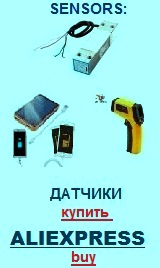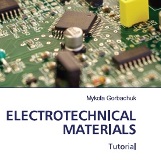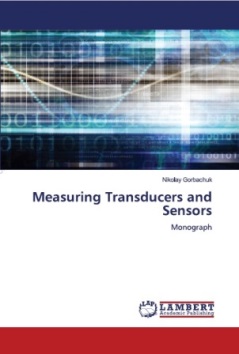Transducers, gauges, sensors - Information portal © 2011 - 2025 Use of material is possible by placing an active link
Automotive Hall sensor. The Hall sensor in the ignition system
Currently, Hall sensors are widely used in the automotive industry. They are used to control displacements and rotations of various parts of the vehicle, vibrations of the engine, the ignition system, etc.
Probably the most famous automotive Hall sensor, used to control the ignition system of the vehicle. Diagram of the device shown in figure 1.
русский / english
Home >> Magnetic field >> Automotive Hall sensor. The Hall sensor in the ignition system. How to check the Hall sensor?
• Information about various converters and sensors of physical quantities, parameters of various physical processes is presented.
• Electrophysical properties and effects in various electrical materials.
• Theory, experimental results, practical application
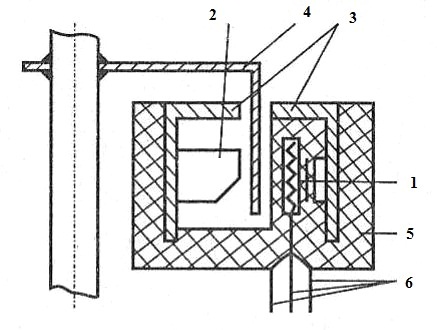
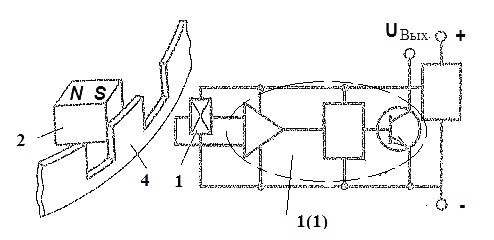

Fig.1. The device of the automotive Hall sensor
1. The sensing element of a Hall sensor chip and processing the output signal
2. Permanent magnet
3. Magnetic cores
4. The rotor blades
5. Plastic case
6. Insights
It consists of a sensor 1 (directly to the Hall sensor) integrated with the microcontroller 1(1) (the chip processing the output signal from the Hall sensor). In the Hall sensor has three pins (terminals) for connection to an electric circuit 6 (scheme) of the car. Automotive Hall sensor for ignition system also has a permanent magnet 2 which is divided by a gap from the sensing element of a Hall sensor, and magnetic cores. The magnetic field of the permanent magnet is capable of inducing the output signal from the Hall sensor, and the metal of the blade 4 rotating shaft, blocking (shunting) the magnetic flux will lead to a corresponding change (fluctuation) of the output signal. Further, the output signal is associated with the supply system of spark ignition at the right moment of the shaft position.
How to check the Hall sensor? There are several ways to check the health of the automotive Hall sensor. One of the most simple is the following. Connected automotive Hall sensor according to the diagram, as shown in Fig.2. Removed the Hall sensor food can be submitted from the Krone battery (9 V). To measure the output signal (voltage) V best used compact digital multimeter. If you change the magnetic flux through the sensing element of a Hall sensor (for example, the rotation of the rotor shaft or just the overlap of the metal plate of the gap) will change and the output signal from the sensor that would indicate it is working. The output signal may depend on the sensor model, but generally is in the range of 0.5-1.0 V.
Fig.2. Check the Hall sensor. Scheme
1 - Sensor dispenser
2 - Resistor value of 2 kOhms
3 - Voltmeter (digital multimeter)
4 - sensor Connector-distributor (Hall sensor)

See also:
CONVERTERS, GAUGES, SENSORS
Information, news, advertising

